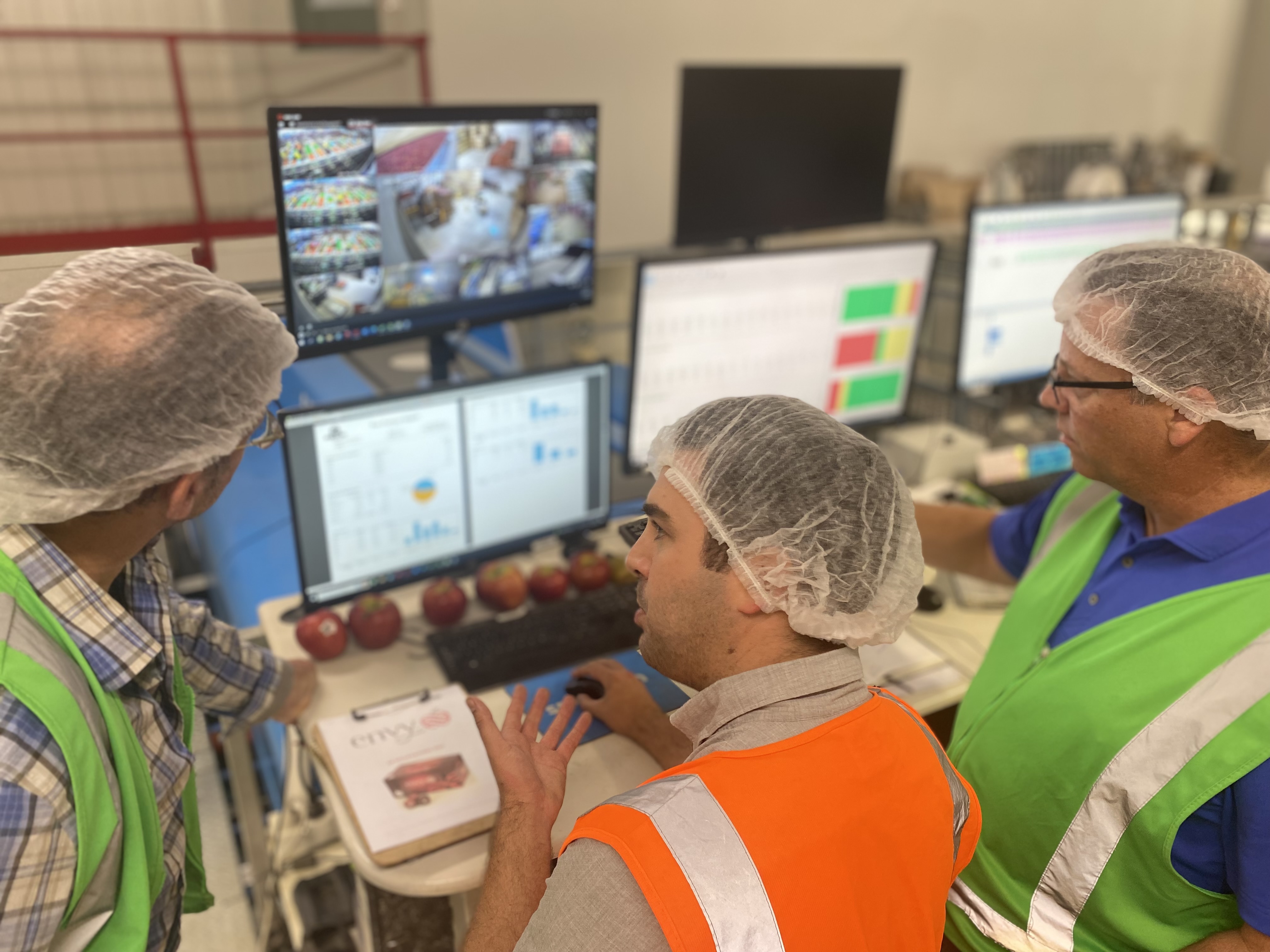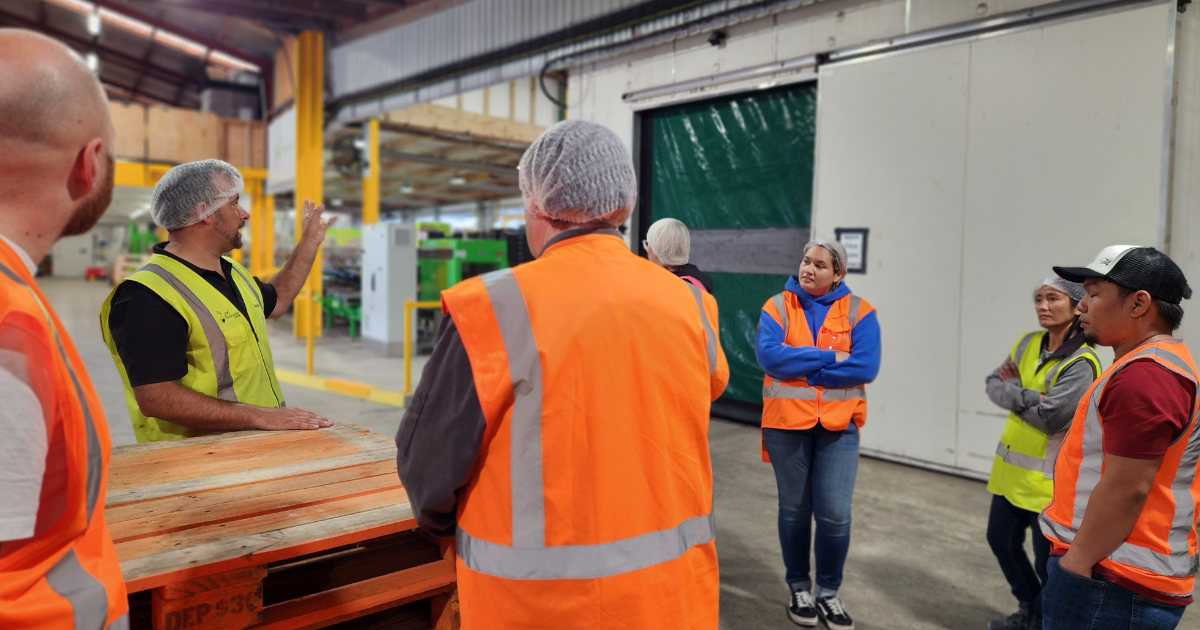 Return to Blog List Return to Blog List
5 key considerations for new operational software

Regardless of what industry you’re in, implementing any new operational software solution requires due diligence and careful consideration.
This is certainly no different in the world of fresh produce, where criticality of business process are heightened due to the fact that we’re dealing with… well… fresh produce! And fresh produce is certainly not a world of "one size fits all" or "plug and play".
Managing an orchard, farm or growing region? You’ll need to have a robust planning solution that enables clear visibility of growing events and activities, people and processes, as well as ensure compliance, up-to-date training records – not to mention manage picking teams, pay rates and timesheets. The list goes on…
Transforming harvested produce into finished goods is also no “mean feat”. Ensuring traceability and provenance, while maintaining best-possible quality and ensuring efficient use of resource (space, people, time – you name it!) are what separates exceptional post-harvest facilities from mediocre. Optimising these things invariably has a positive effect on your business’ bottom line too.
Whether you grow, pack and/or sell fresh produce, if your business is looking to adopt new operational software, it is hugely important to consider these key priorities to ensure that the software is effective and efficient. In our perspective, these five priorities (in no particular order) are:
- User-friendly.
Not only should operational software adhere to your version of general industry practise but, it should be intuitive and as easy to use as possible.
Today’s reality is that good, reliable labour is very difficult to find. In combination with good internal S&OP documentation, software should be simple for employees to navigate and understand, with intuitive “next steps” and a clear user interface (UI). This ensures your inwards receivals are smooth, your packrun set-ups are clear and obvious, your finished goods locations are easily managed by your “forkies” and that employees are able to use the software effectively and get on with their jobs.
- Scalability.
As businesses grow and change, their software needs change and adapt as well. In the world of fresh produce, it is hugely important to consider the scalability of any new software when making a decision.
- Are you looking to expand your post-harvest operation to growing and/or marketing?
- Are you looking to international markets as a new opportunity for growth?
Any chosen software should be able to grow with the business, have dedicated support and accommodate new employees, processes, and the data that comes along with this.
- Data capture.
Capturing data and maintaining good security protocols over this are critical components in any new operational software.
Your data is one of your biggest assets, so how can you future-proof your ability to use it?
Any new software should have robust security measures in place to protect sensitive business data and ensure that it is not compromised. This includes measures such as encryption, access controls, and regular security updates.
You should also have a good idea of how you might access or utilise this data to best report / dashboard your specific business KPI's. Having a "go to" solution for delivering this (like FreshInsights) is ideal.
Information, delivered in the right way at the right time, is power.

- Value.
Implementation cost, and what this includes (and excludes!) is an important factor to consider when adopting new software. While it is easy to underestimate the financial cost that a software implementation involves, it is also too easy to underestimate the value that good software delivers, when implemented right.
Cost should be balanced against the way it is implemented benefits (are you looking for a "vanilla", "off the shelf" product that you'll have to "squeeze into" or are it provides. It is important to find a software solution that offers good value for money and provides a good return on investment.
- Integration with existing systems.
One of the most important things to consider when adopting new operational software is whether it will integrate well with the existing systems you use (Time & attendance, payroll, accounting etc.) and any automation (Bin tips, graders, carton label printers, palletisation etc.) you may have or may be considering.
If the new software does not integrate with existing systems, it can lead to data inconsistencies and slow down business processes – the precise opposite of what you’ll be trying to achieve!
There are more but, in our humble opinion, these core considerations provide a good starting point when looking for new operational software. By focusing on these priorities, and how they relate to your business and operational processes, you can ensure that the software you choose is effective, efficient, and provides good value for the investment involved.
Transform the way you grow, pack and sell with our comprehensive and vertically integration software solutions, to hear direct from our customers read our case studies now!
|
